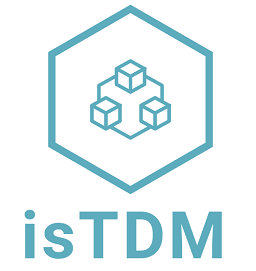Purpose:
The purpose of this approach is to provide information about how define manageable levels of TD related code, design, and tests. In the context of such approach, a sufficiently low, manageable level of debt can minimize the long-term impact, i.e., “low debt interest payments”. (Eisenberg, 2012)
How this tecnology can be used?
According to Eisenberg (2012), the four main steps of this approach are:
- “Use available tools to carry out static and dynamic code analysis.
- Use company and industry data to determine the cost to fix each instance of each type of debt.
- Calculate a grand total based upon the sum of the individual amounts of time to fix each instance of debt.
- Use the cost data to determine the equivalent dollar cost.”
The instructions provided in Eisenberg’ Study should be adopted for establishing of the required thresholds of TD level. Detailed information regarding the threasholds and its parameters also can be found in Eisenberg’ Study.
Prerequisite for use it:
- Standard static and dynamic analysis tools for the basic measurements, for example: SonarQube, and SQALE Plugin
- Establishment of the set of metrics for defining the thresholds, according to those recommended in the study.
Supported TD type(s): Code, Design, and Test.
Supported TDM activity (ies): Identification, Measurement, Monitoring, and Repayment.
Source/Input Artifact(s): Source Code.
Project Context, Programming Language or Domain Application: This approach is independent of project context, programming language and domain application.
Evidence Type(s): Source(s): Case Study.
Reference:
